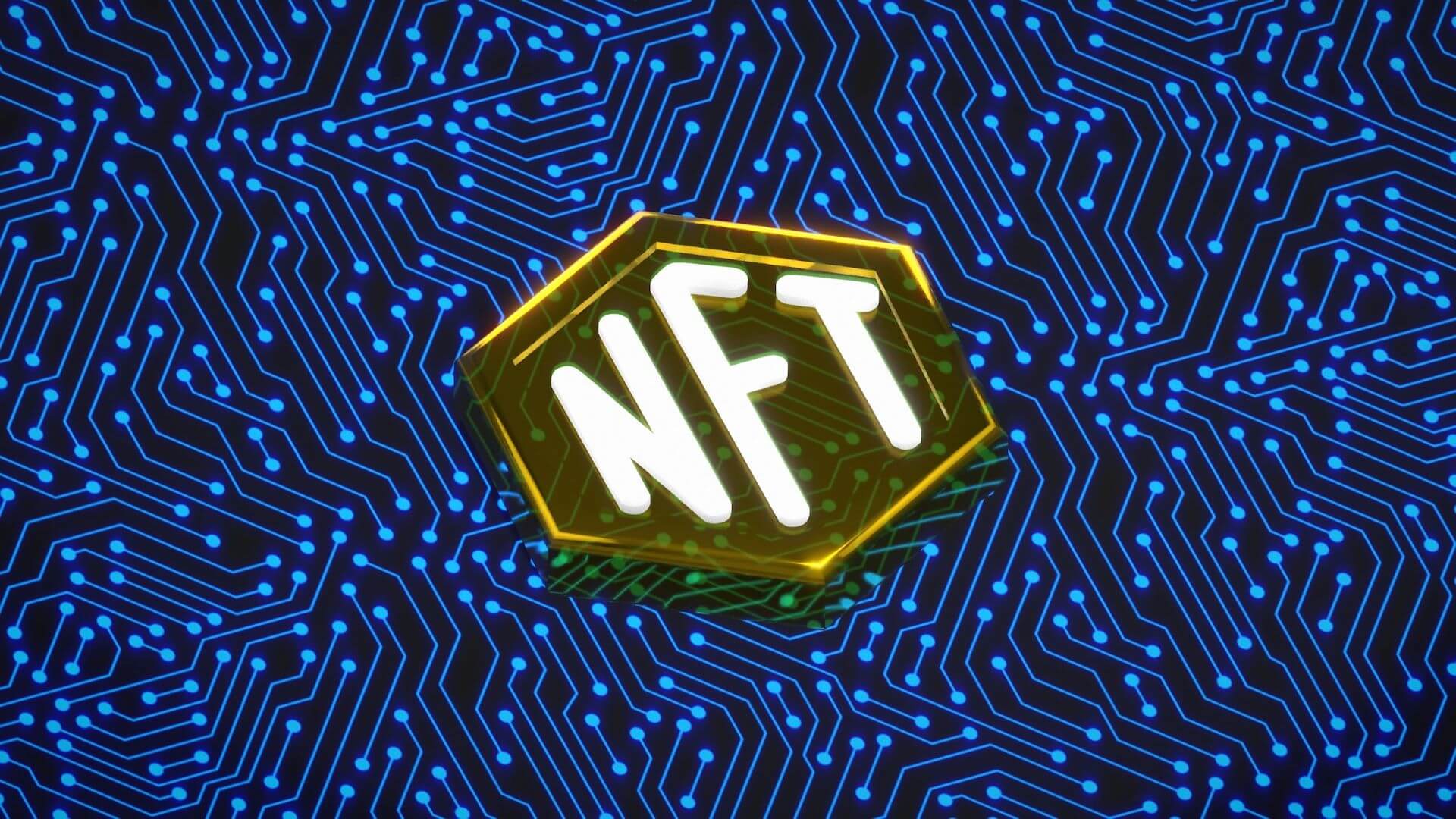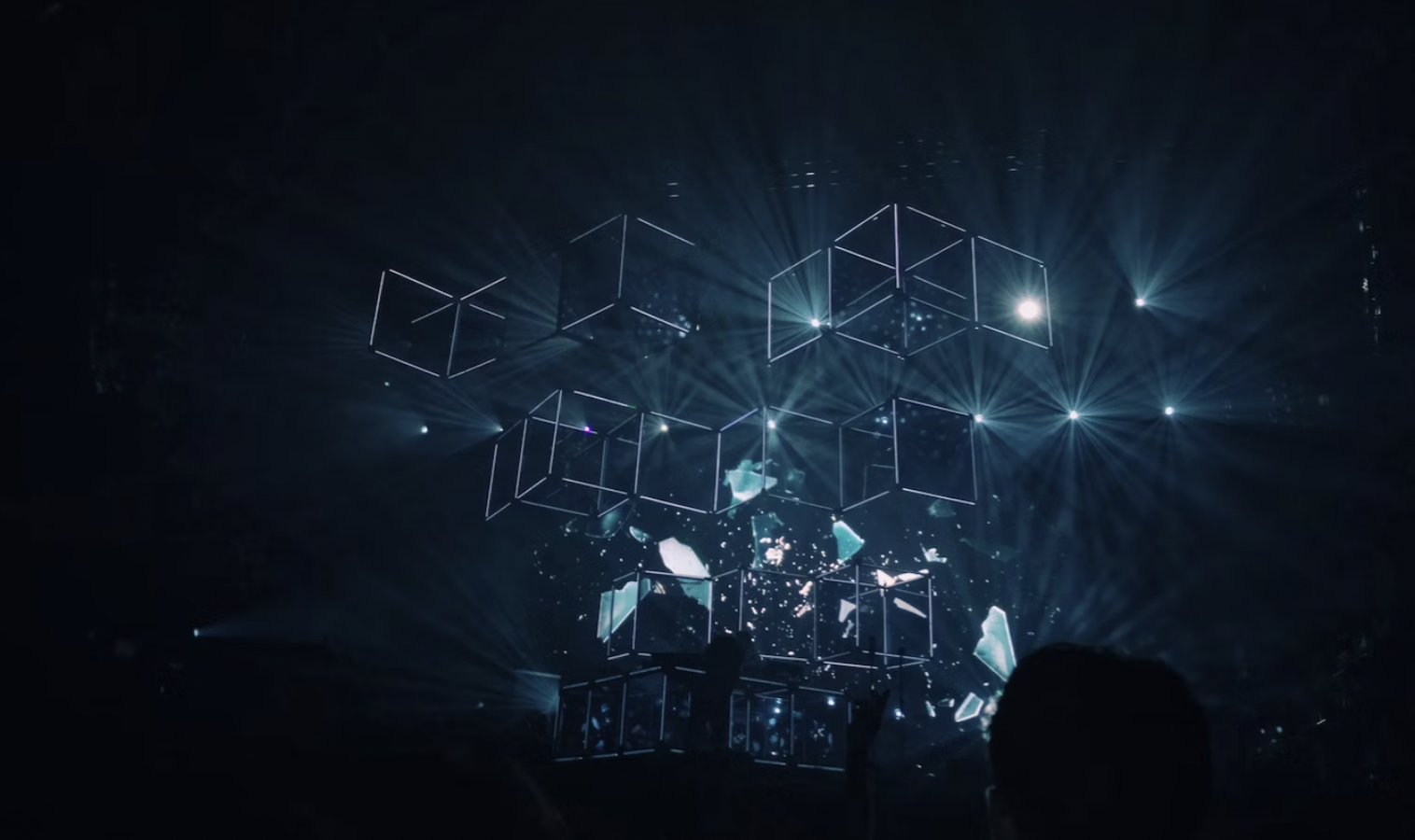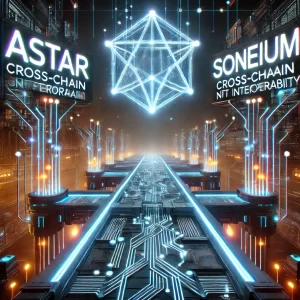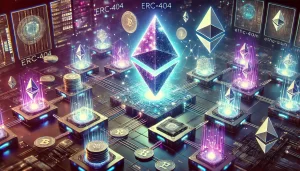
In the innovative realm of blockchain, NFTs (Non-Fungible Tokens) have emerged as a transformative tool, allowing creators and artists to tokenize their work and engage directly with their audience. But as the blockchain ecosystem becomes increasingly fragmented with various chains, the need for NFT bridges—protocols allowing NFTs to move across blockchains—becomes evident. Let’s dive into how these bridges can empower creators in a cross-chain world.
The Rise of NFTs in the Creative World
To appreciate the significance of NFT bridges, it’s crucial first to understand the value NFTs bring to artists:
- Provable Ownership: NFTs provide indisputable proof of ownership, ensuring that artists can claim their creations, regardless of where the digital work is displayed or shared.
- Royalties: NFTs can be coded to ensure artists receive royalties every time their work is resold, offering a sustainable revenue stream.
- Direct-to-Consumer: Artists can sell directly to their audience, eliminating intermediaries and retaining a larger share of the profits.
The Challenge of Fragmented Blockchains
With multiple blockchains like Ethereum, Binance Smart Chain, Flow, and others supporting NFTs, a challenge arises:
- Artists may be restricted to the audience of one blockchain.
- Collectors on one chain cannot access art minted on another, limiting exposure and potential sales.
- Artists have to choose a blockchain, often committing resources and time, which can be problematic if they want to switch later.
Bridging the Divide with NFT Bridges
NFT bridges come to the rescue by allowing seamless movement of NFTs across blockchains. Here’s how they empower creators:
- Wider Audience Access: Artists aren’t confined to the user base of one blockchain. By moving their NFTs across chains, they can reach a more extensive network of potential buyers and enthusiasts.
- Flexibility: Artists are no longer forced into a long-term commitment with one blockchain. They can mint on one chain and, if they find a better opportunity or a larger audience elsewhere, use a bridge to transfer their NFTs.
- Increased Liquidity: With the potential to tap into various marketplaces across multiple chains, artists can benefit from increased liquidity, raising the chances of sales and allowing them to better capitalize on their work.
- Interoperability for Collaborative Projects: Artists collaborating on projects across different blockchains can now seamlessly integrate their works without being hindered by chain-specific limitations.
- Innovative Cross-Chain Integrations: Beyond just selling, bridges enable new possibilities. Imagine a digital art piece on Ethereum being used as a skin in a game on Flow or a collectible from Binance Smart Chain being displayed in a virtual gallery on Polygon.
Empowering Beyond Just the Individual Artist
While individual creators stand to benefit immensely, the advantages of NFT bridges go beyond:
- Galleries and Auction Houses: These institutions can curate works from various blockchains, offering diverse collections to potential buyers.
- NFT Marketplaces: Platforms can expand their listings, attracting a broader range of sellers and buyers.
The Road Ahead: Evolving with the Ecosystem
As the NFT ecosystem evolves, the role of bridges is likely to expand:
- Reduced Costs: As bridges become more efficient, the costs associated with cross-chain transfers may reduce, making it even more feasible for artists to move their work across chains.
- Faster Transfers: Future bridges might offer near-instant transfers, allowing real-time collaborations and integrations.
- Enhanced Security: With continued iterations, the security of these bridges will improve, ensuring safer transfers of valuable digital art and collectibles.
Conclusion
In the rapidly changing world of blockchain and NFTs, NFT bridges are emerging as vital tools in ensuring that creators and artists are equipped to maximize their potential. By breaking down the walls between blockchains, these bridges are not just facilitating the movement of digital assets but are paving the way for an integrated, collaborative, and truly decentralized creative ecosystem. The future is cross-chain, and for artists, it’s brighter than ever.









